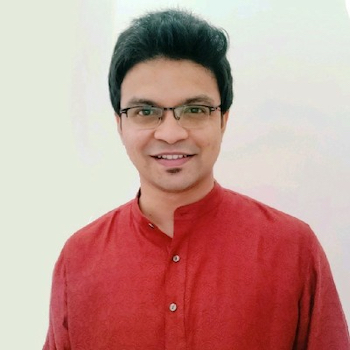
The Promise of BRICS is Best Seen Through an Institutional Lens
There were many meetings, some unprecedented and first of a kind at the 8th BRICS summit held in the coastal Indian city of Goa on October 15-16. Before the main summit India organized a total of 115 events with the underlying theme, “Building Response, Inclusive and Collective Solutions.” These included parliamentary meetings, ministerial level meetings, senior level engagements, workshops, track II meetings and business events. The first BRICS women’s parliamentary forum was held in Jaipur in August that deliberated on the implementation of Sustainable Development Goals. Following the summit, other meetings are scheduled, including the ministers of telecommunications.
As the chair and host of the BRICS, India left no stone unturned. The focus was on people to people contacts and efforts were made to disseminate the idea of BRICS across nearly 20 states. There were events like the BRICS Youth Summit and the BRICS Young Scientists’ Conclave. Business to business contacts were an important focus as evidenced by the 1st BRICS Trade Fair organized by FICCI that included businesses from across BRICS nations as well as the five Trade Ministers. Start-ups, manufacturing, innovative technologies were of particular importance at the event.
At the Goa summit, the BRICS Business Council presented a report to the BRICS leaders. Besides backing the idea of a BRICS rating agency, the Council recommended cooperation in infrastructure development and financing, the formation of a group of angel investors and cooperation in agricultural sectors. Several MoUs were signed which included environmental cooperation, regulation on BRICS customs cooperation and cooperation between the diplomatic academies of BRICS. The first BRICS documentation center will be started in Delhi by the think-tank, Observer Research Foundation which will make available documents and work of BRICS for research and other purposes.
The meeting of BRICS NSA’s in September resulted in a breakthrough that has the potential to boost counter-terrorism efforts by formalizing a BRICS forum on security matters which will be chaired by the NSA’s. They will focus on counter terrorism (including terror financing), cyber security and BRICS energy security. India has also proposed fresh initiatives such as a BRICS agricultural and railway research network and a BRICS sports council.
One new idea that could have far reaching implications is the BRICS Credit Rating Agency which is aimed at “further bridging the gap in global financial architecture.” It can be seen as an alternative to the existing dominant trinity of S&P, Moody’s and Fitch which are the three top global credit rating agencies. There has been concern expressed over the methodologies of these agencies and that they constrain growth in emerging nations. A BRICS rating agency, it is hoped, will address these issues. Another major highlight was the BRICS-BIMSTEC Outreach summit, a unique forum in which BRICS leaders met with the heads of government of the BIMSTEC countries. Through the Outreach summit, BIMSTEC countries sought greater exposure to financial investments for the region. The New Development Bank (NDB) established by the BRICS is of particular interest in this regard.
India has always been an enthusiastic supporter of institution building within the BRICS. The NDB, which is today emerging as a key asset of the BRICS framework, was an idea suggested by India in 2012. The NDB has completed one year of operations under the chairmanship of K.V. Kamath and has started lending. India is the first beneficiary, getting a NDB loan of $350 million for a green energy project. Another solid institutional pillar under the BRICS framework is the Contingency Reserve Arrangement (CRA). Established in 2015, the CRA provides for the provision of support through liquidity and precautionary instruments in response to actual or potential short-term balance of payments pressures.
The geopolitical divergences between the BRICS nations, particularly India and China, cannot be denied. But this does not detract from the robust foundations that have been laid in the BRICS framework over the last years. The Goa Summit, the holistic efforts and the people to people contacts under the BRICS framework go a long way to strengthening the institutional framework over the coming years.

